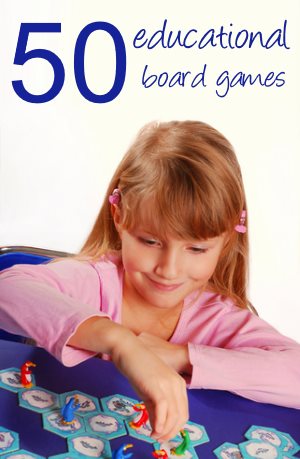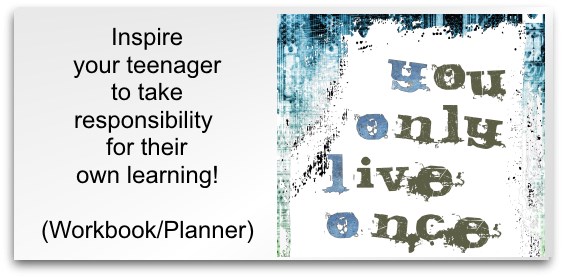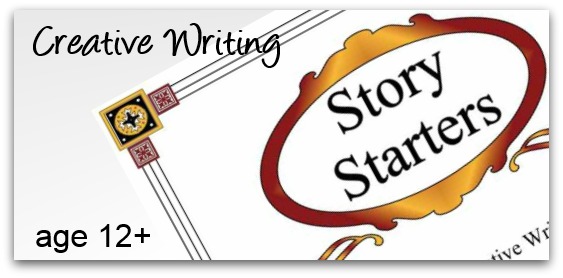Science Experiments with Water
An Explanation of 31 Water Experiments
Home >> Homeschool Ideas >> Water Experiments >> Explanation
Science Experiments with Water - a parents guide.
This page was written to help explain the science principles behind the 31 Water Experiments article. I have also included some additional science experiments with water to help with your homeschool science.
I am hoping that this will help you explain to your children what they see happening in the water experiments.
I haven't provided an explanation for every one of the experiments because some of them are self explanatory.
Experiment 1
Diffusion is the process by which two liquids or gases mix.
It is caused by random molecular motion. The molecules in the water are moving around randomly and hit the molecules of the food dye. Gradually the food dye molecules move throughout the water. If you leave the glass for long enough, the food dye will have dispersed throughout the liquid.
Here is a good example showing the effects of these types of science experiments with water :
Additional science experiments with water for question 1 :
If you stir the water, then the water molecules are not moving randomly, and the food dye is seen to be dispersed in a spiral.
Concave as you look at it – higher at the sides, lower in the middle. This is a whirlpool or vortex. The water is moving much faster at the center of the whirlpool, so it has a lower pressure than the water at the edge (Bernoulli's Principle). Therefore the pressure from the atmosphere depresses the water more in the center than at the edge.
When the tea is being stirred, the tea leaves are in a ring towards the outside of the cup.
After the spoon is taken out, the tea leaves move to the center at the bottom of the glass. You might expect the tea leaves to stay on the outside of the cup (like in a centrifuge or the force you feel on a roundabout), however this is not the case. In fact it was Albert Einstein who explained this paradox. A secondary flow is setup in the water due to friction between the water and the base of the cup, which means it is moving slower. Therefore water at the top of the glass moves outwards, and then down the side of the glass and back to the middle at the bottom before rising to the top in the center. The tea leaves move to the bottom at the center, but are too heavy to rise with the water, so stay there.
Experiment 2
Water is able to maintain a convex (domed) surface due to surface tension. Eventually the force due to the weight of the water is greater than the surface tension and the water will spill over the sides of the penny.
If you are careful, you can also overfill a glass - that is, get the level of the water to rise higher than the level of the glass.
Experiment 3
The detergent reduces the surface tension of the water, so a smaller force (less weight of water) is required to break it.
Experiment 8
If you use metric measures, one litre of water weighs 1 kg (or 1 millilitre wieghs 1 g).
Experiment 9
The soils that stick together more will resist erosion better. Planting trees reduces erosion, as the soil can bind to the roots.
Experiment 13
Salt water is denser than fresh water, i.e. a litre of salt water weighs more than a litre of fresh water.
Archimedes Principle states that when an object is placed in a liquid the upward force (buoyancy) is equal to the weight of the water displaced by the object. When an object floats the upward force must equal the downward force, which is the weight of the object. Therefore when the liquid is denser, less liquid is required to create the bouyancy, so the apple floats higher in a denser liquid.
Experiment 14
The peel of an orange is very porous, i.e. has lots of tiny air pockets, which make the skin much less dense than the rest of the orange. You could test this by measuring the weight and volume of the orange with the peel and without. If you use metric measurements, you should find that the density (weight divided by volume) is less than 1 with the peel, and greater than 1 without the peel.
To get a peeled orange to float you need to wrap something less dense around it – maybe bubblewrap?
Try science experiments with water and other types of fruit.
Experiment 15
For this science experiments with water, try running a specific distance – then running the same distance through a swimming pool. Or try swinging your hand through the air, and then again in a tub of water.
Experiment 16
Water. Whales are able to communicate over hundreds (or thousands) of miles.
Sound is transmitted by pressure waves. Water is much “better” at transmitting pressure waves than air, because it has a better tendency to return to its original position so the differences in pressure are maintained better in water than air.
Sound also travels faster in water (1500 metres / second) than air (350 metres / second).
Experiment 17
Salt is a molecule made up of one Sodium atom and one Chlorine atom. In water, the bond between the sodium atom and chlorine atom is broken, and the salt dissolves.
If you add more and more salt to the water, eventually it will not be able to dissolve any more of the salt, i.e. it will not all be dissolved. This is what happens if you leave the water in a warm place. As the water evaporates, the amount of salt that it can dissolve reduces, to a point when the salt starts reappearing as a solid.
Experiment 18
Water and Vinegar are miscible, i.e. dissolve in each other. However, they will both evaporate at room temperature – if you leave vinegar in a bowl you can smell it. This means that the mixed liquid will eventually disappear.
It is likely that the vinegar and water will not evaporate at the same rate, so the mixture will become less or more “vinegary” as the mixture evaporates.
Experiment 20
Steam is just water gas. When it is cooled down by touching the cold surface it reforms water.
Where else do you see condensation? For example, on your windows after taking a shower.
Experiment 22
This due to an effect called capillary action. The water molecules are more attracted to the molecules in the paper towel and sugar cubes than to other water molecules. The water will travel to a height such that the weight of water equals the force holding it up due to the capillary action.
It may also be useful to so some science experiments with water using an Archimedes Screw, which is a way of moving water from a lower to a higher level.
Experiment 24
There are two effects. Warm water is less dense than cold water. Fresh water is less dense than salt water.
Experiment 26
The rate of evaporation is proportional to the surface area of the puddle.
Experiment 30
What we perceive as white light is in fact the composition of light beams (photons) of all the colours of the spectrum. Each individual photon has a particular frequency, which determines the colour that our eyes perceive.
Light travels at different speeds in different materials, so for example, light travels slower in glass (or water) than in air. This difference in speed causes light to change direction when it hits a boundary between 2 materials - this is why a stick appears to bend when you submerge it in water. An analogy is a what happens when the right hand wheels of a car hit sand, when the left hand wheels are still on tarmac - the car will slew to the right.
It turns out that light of different frequencies (different colours) travel at different speeds in glass (water), so are bent by different amounts - red travels faster, so is bent less than blue, which travels slower. The result is, that at the correct angle, the white light will be split into its constituent colours, i.e. a spectrum or rainbow. Although this effect was known about for many centuries, Sir Isaac Newton was the first person to come up with an explanation.
I would imagine that the rainbow appears to dance due to small movements in the apparatus, e.g. the flashlight, the glass, the mirror and also the water itself. These movements will cause the point at which a particular color hits the wall to change slightly, thus causing the apparent dancing.
Experiment 31
Corn starch mixed with water displays an odd property. When a large force is applied to it, it acts like a solid. When a a small force is applied to it acts like a liquid. So if you pummel it, it will make a ball, but if you press it slowly with your finger, it will penetrate the mixture.
Some people say that you can walk on custard.
It probably wasn't edible – too much starch!
I hope this helps you to get the most out of your science experiments with water. And really makes your homeschool science more fun. Got any further questions? Ask me here!
To leave Science Experiments with Water and find more great Homeschooling ideas, freebies and resources, check out the links at the bottom of Homeschooling-ideas.com Home Page
To leave Science Experiments with Water and return to Water Experiments Article
Lovely messages sent from visitors like you:
Oh my goodness! I am a home schooling mum of 4 and I have NEVER found a better site! Thank you so much.
Blessings, Jenny (New Zealand)
I wanted to say THANK YOU for your fabulous website. I found your website, and finally I have the confidence to take the plunge and take my daughter out of school and educate her at home, thank you, thank you.
Marina (UK)
I cannot get over how much great information and super ideas you have here. Fantastic!
Ruralmama (USA)
This is simply fabulous!! I just now found this site and I'm so excited!! The opportunities and suggestions as well as the need to inspire are exactly what I have been searching to fulfill!! I'm so thrilled to get started and even more excited to continue to explore all of the fabulous suggestions and creative ideas you have offered here!!! Thank you, thank you, thank you!
Jennifer (USA)













